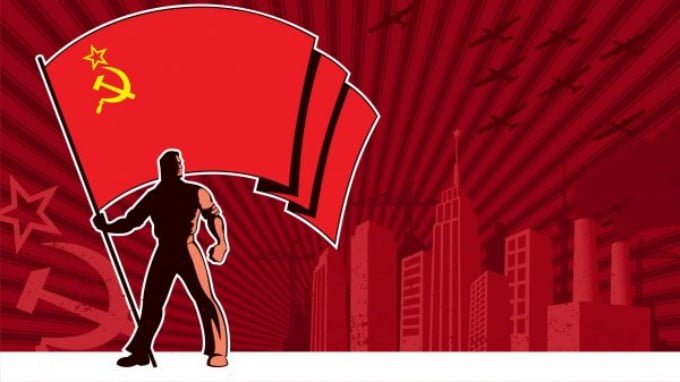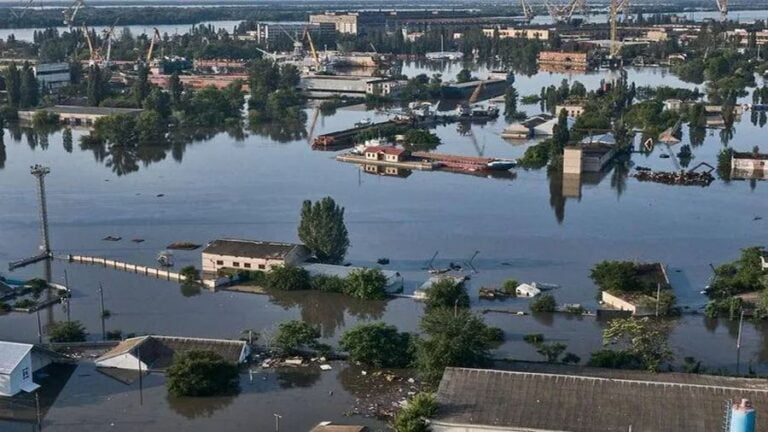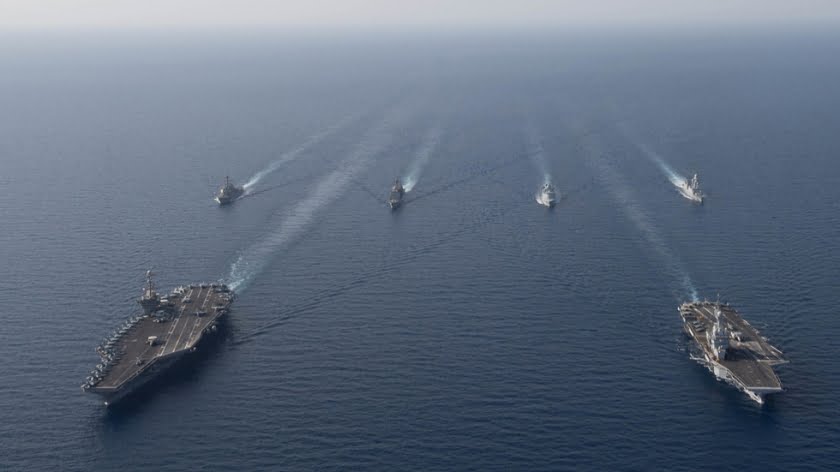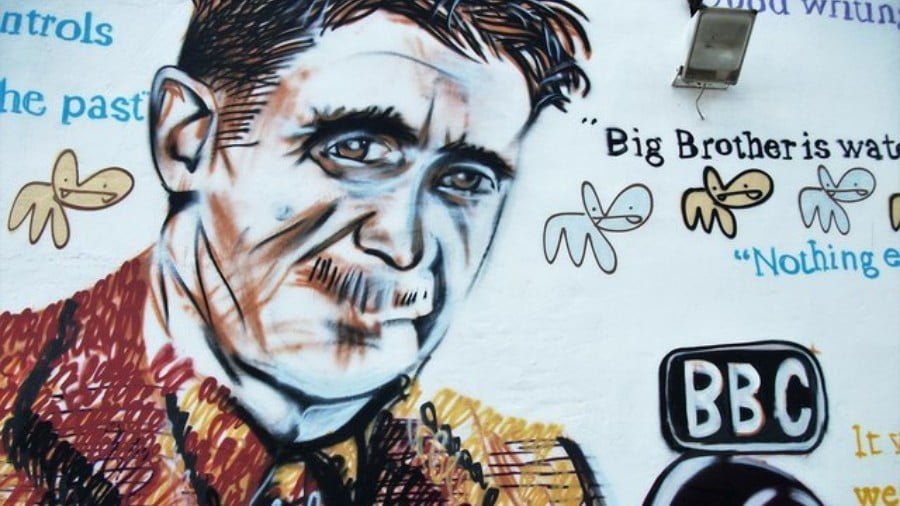How Saudi Arabia Obliterated Its Rich Cultural History
In late 2009, I began traveling regularly from Riyadh to Mecca. I was in Saudi Arabia to conduct archival, ethnographic and oral history research on the production of Saudi Arabian history and memorial spaces in the 20th century.
Alongside my research, I was visually documenting the spatial transformations that the central district of Mecca was experiencing at the time. Camcorder in hand, I moved from one neighbourhood to the next, starting with the areas immediately ringing Mecca’s Grand Mosque (Masjid al-Haram) and eventually reaching several kilometres outwards from there.
Over the following three years, as I became acquainted with the bustling city, I was enamoured with the history of its diverse neighbourhoods, multilingual residents and distinguished architecture.
Behind the facade and the promise of glitz lay a bustling and diverse city whose social and urban fabric was being uprooted and dismantled
During one of my first filming trips, I came across a sign for a school I had encountered years earlier, and only in passing: al-Sawlatiyya. At the time, little was written about the school, especially in the Arabic press. I soon learned that it was founded by the prominent Indian religious and anti-colonial scholar Rahmatullah Kairanawi. Having called for armed struggle against British rule in India in 1857, Kairanawi subsequently sought refuge in Mecca, where he socialised and politicised a generation of residents and passersby alike.
Further research indexed forgotten – or rather, silenced – histories that centred South Asian, Indonesian and other non-Arab activists and intellectuals at the heart of social, cultural, intellectual and urban life in late-Ottoman and Saudi-era Mecca.
Graduates of Sawlatiyya and other schools founded by Asian and African intellectuals in the city contributed to the intellectual, cultural, social and political life in the Arabian Peninsula and other parts of the world.
As economists and literary critics, some graduates engaged and debated scholars of the Arab Renaissance, or Nahda, and were later enmeshed in the business of state-building after World War I. Hailing from different parts of the world, they even shaped the very Wahhabism we are familiar with today.
Others started some of the most renowned schools, newspapers and political parties in the peninsula in the early 20th century, and participated in sociopolitical life there for decades to come. Kairanawi even counted among his disciples Sharif Hussein bin Ali and Mecca’s Hanafi mufti, Sheikh Abdullah Siraj, the main orchestrators of the 1916 Arab Revolt against the Ottomans.
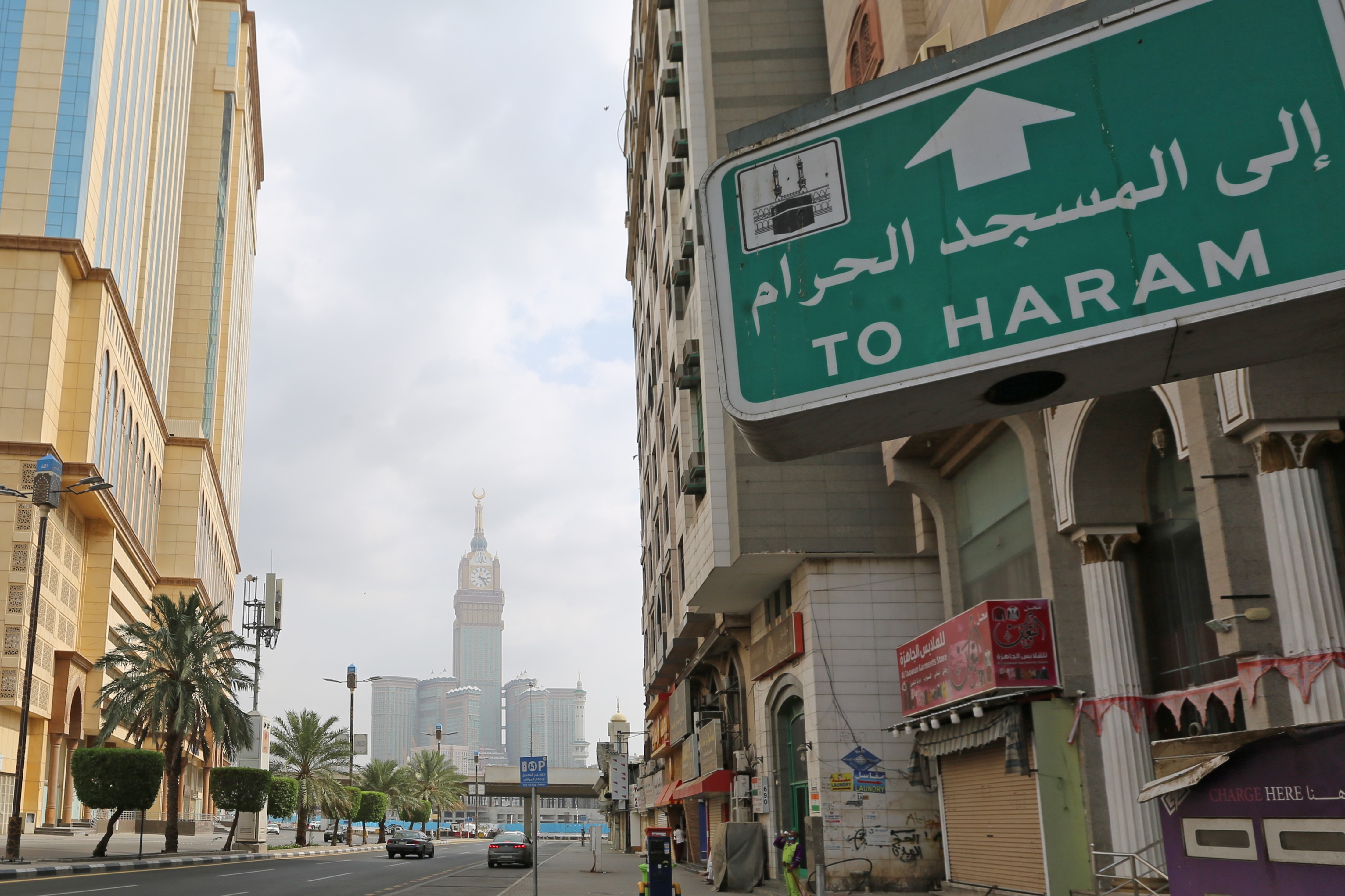
While these varied histories have been surfacing lately, they are far from making a dent in the conventional (nation-centric) historical narratives of the peninsula, let alone the modern Middle East.
Possible futures
My book Archive Wars: The Politics of History in Saudi Arabia begins by historicising a fragment of this sociopolitical and cultural life in late-Ottoman Mecca, in order to recount one of the many possible futures that could have been but never was. This history has nonetheless informed many aspects of our modern life.
Walking in Mecca in the late 2000s, one still saw faint traces of these “futures past”. Today, they have been all but obliterated. Archive Wars shows the systematic ways in which the Saudi Arabian state, formed in 1932, has occluded non-state-sanctioned histories in school curricula, museums and archives.
It proceeds to show how in the 1990s, such occlusion took on new political and material significance. Following the 1990-91 Gulf War, history became a battleground for cultural, political and economic claims, both among the ruling elites, and between them and other Saudi Arabians.
After the war, those in the highest echelons of power, despite their differences, went to great lengths to produce, archive, commemorate and commercialise a revised and more secular narrative of Al Saud’s history.
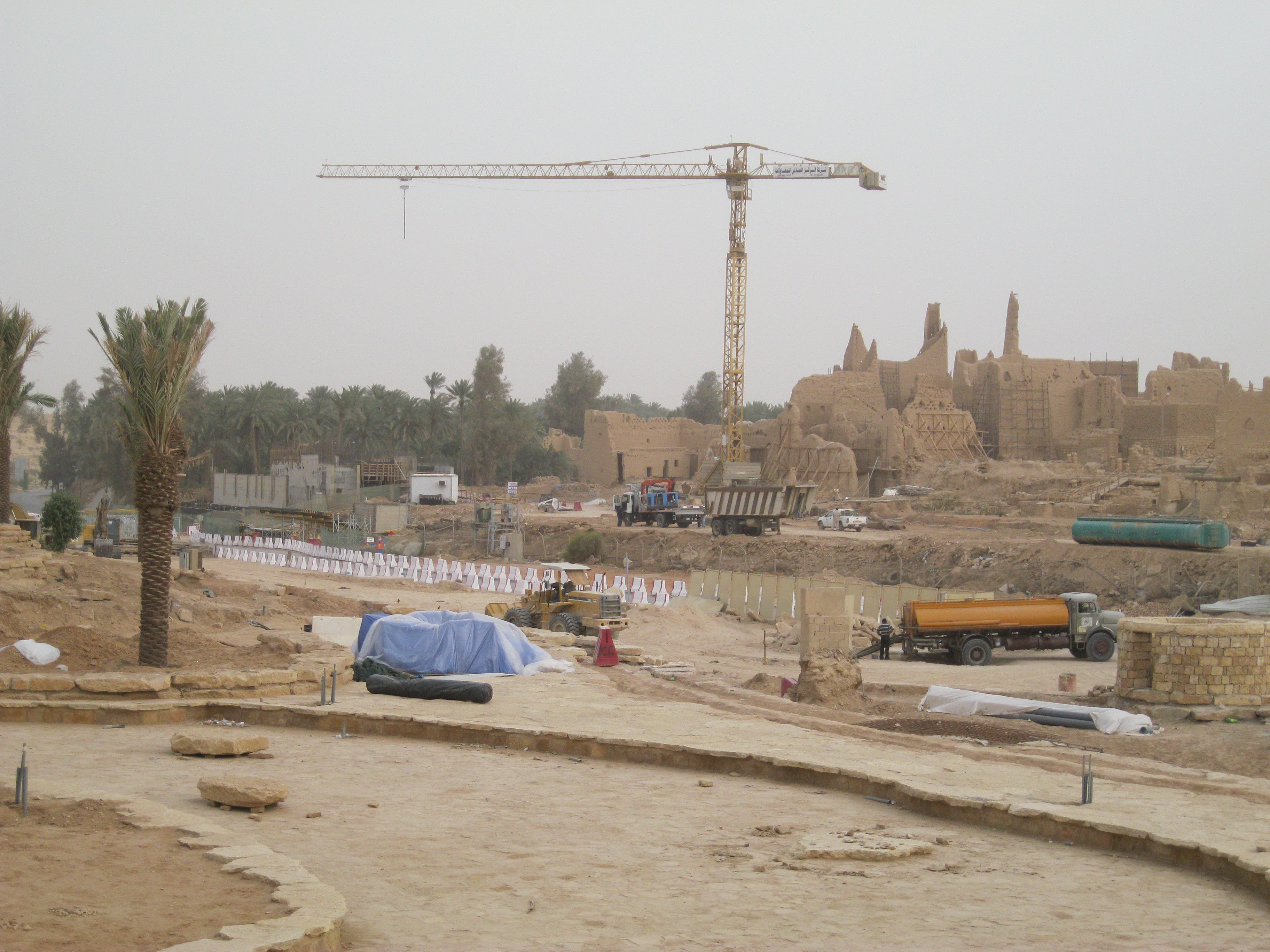
This was most visible in Riyadh, where a multibillion-dollar heritage industry that included museums, archives and historical sites was well on its way in the first decade of the 21st century.
The postwar plan also centred on the active destruction, as well as the neglect, of particular historical sites and spaces that countered Saudi Arabia’s official history. These were largely outside the capital – primarily, but not solely, in Mecca. The erasure of diverse and connected historical realities in the Arabian Peninsula was intimately linked to the cultural management of urban space; during my visits, I visually documented some of the wholesale destruction of Mecca’s central district.
Accelerated demolition
The early 2000s featured the accelerated demolition of sacred and historical sites in central Mecca, and the replacement of its thousand-year-old topography with imposing steel-and-glass skyscrapers. By the decade’s end, the central district looked like one contiguous construction site.
Dozens of mixed-use developments were under construction around the mosque. Urban and environmental chaos prevailed. Cranes dotted the skies of Islam’s birthplace, as smog choked its Grand Mosque and the millions of pilgrims visiting each year.
Construction sites and heavy earthmoving equipment became part of the city’s landscape. They marked the movement of pilgrims through dense roads that looked more like jigsaw puzzles, crammed with pedestrians, automobiles and buses. Traffic was a test of nerves (and manners), parking spaces were almost impossible to find, and air and noise pollution were overwhelming.
The multibillion-dollar Development of King Abdulaziz Endowment Project, still under construction then, overlooked the Grand Mosque. Housing a clock tower, the project blocked the mosque’s southwestern access to the sun.
On the northern side sat a magnificent kilometre-deep crater, stretching across three square kilometres, which would become Al-Shamiyya development project. This is where the original Sawlatiyya school was first built.
Along with the Jabal Omar development project, which was well underway west of the mosque, the mega projects were named after the historical neighbourhoods they replaced – which had, since Ottoman times, housed some of the region’s prominent schools and cultural and political landmarks.
Forced displacement
These neighbourhoods-cum-megadevelopments also included people’s homes and businesses. Mecca’s postwar development forced tens of thousands of residents from different socioeconomic classes out of their homes. Former residents received meagre compensation in return and were left without legal recourse.
Some were relocated to new settlements farther away on the edges of the city, from which it was difficult to regularly visit central Mecca. Many ended up in slums a little over a kilometre from the Grand Mosque, hidden by its surrounding skyscrapers. Behind the facade and the promise of glitz lay a bustling and diverse city whose social and urban fabric was being uprooted and dismantled.
It was no wonder that in 2010 – after much of the central district’s neighbourhoods had already been razed – Mecca’s governor, Prince Khalid bin Faisal, submitted the city to a process of Arabisation, whereby all streets and buildings would shed their non-Arab names.
Mecca’s non-Arabness (along with its non-Saudiness) threatened its Saudi rulers. This worked hand-in-glove with the destruction of the city’s material life and evidence of its past diversity and cosmopolitan history, both religious and secular.
Together, they countered Al Saud’s historical claims, which premised the ruling family’s conquest of large parts of Arabia on the failure of Ottoman as well as local forces to modernise the peninsula and rescue it from the “age of ignorance” (jahiliyyah) that it was allegedly in.
Pillars of modern statecraft
Such efforts to demolish Arabia’s multiple histories stood in stark contrast to the meticulous production and preservation of Al Saud’s history and heritage in Riyadh. Yet, these bureaucratised, everyday forms of violence are pillars of modern statecraft and sovereignty, as I argue in my book.
Like all modern states, Saudi Arabia has laboured to shed the multiple histories that did not conform to its national self-representation
Doing so allows us to glean the shifting alliances and antagonism among top members of the ruling elite, the myriad battles they waged, and the ways in which ordinary Saudi Arabians either resisted or were caught up in these struggles, at great cost.
Like all modern states, Saudi Arabia has laboured to shed the multiple histories that did not conform to its national self-representation, and to foreground those that did. Contextualising these practices sheds light on state formation and the multiple rivalries embedded within.
We cannot fully understand the making of history and state in Saudi Arabia – let alone social, cultural and political life in the peninsula – without attending to the many ways in which these histories have been effaced, materialised and repackaged in the service of the modern state.


